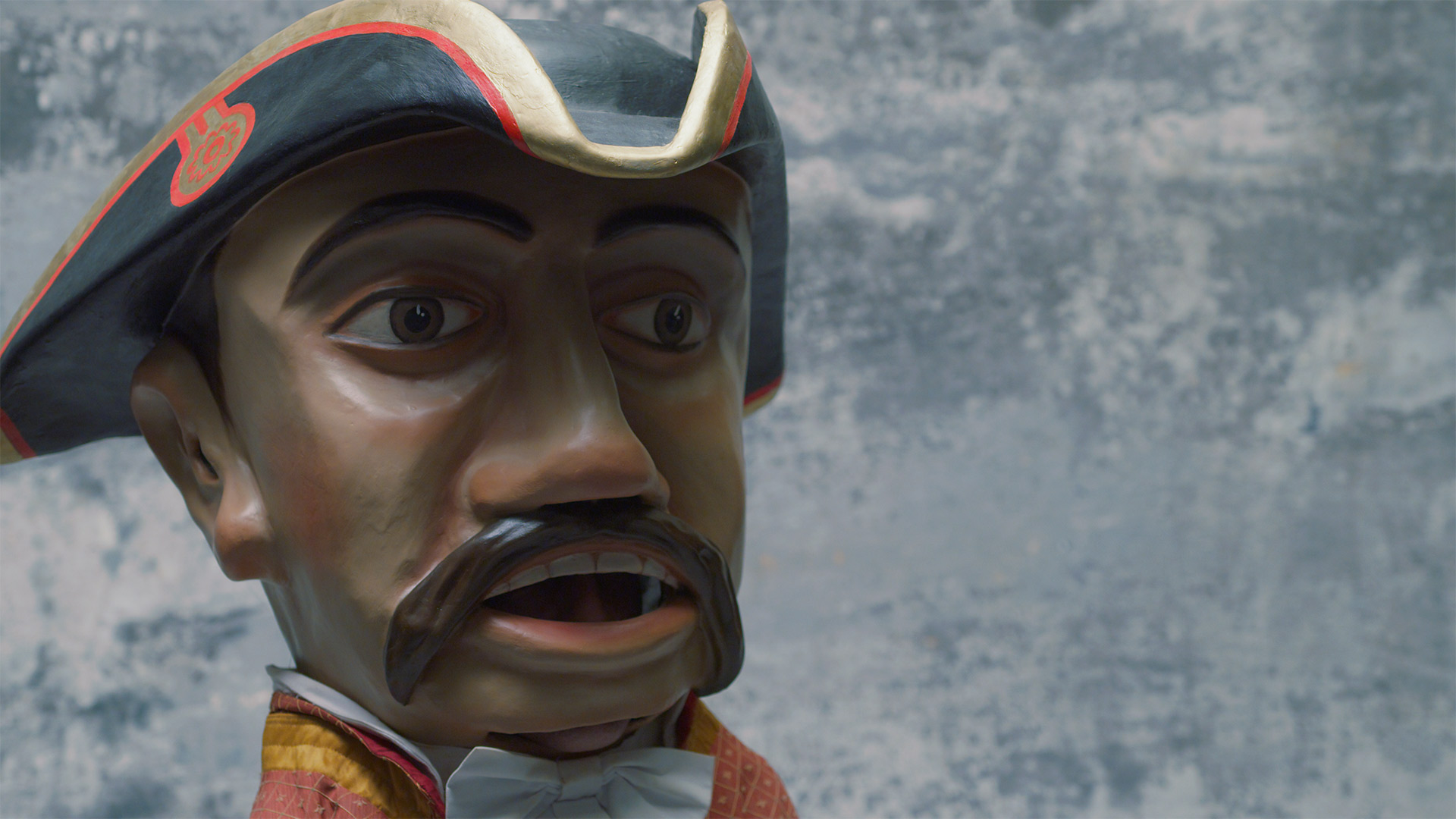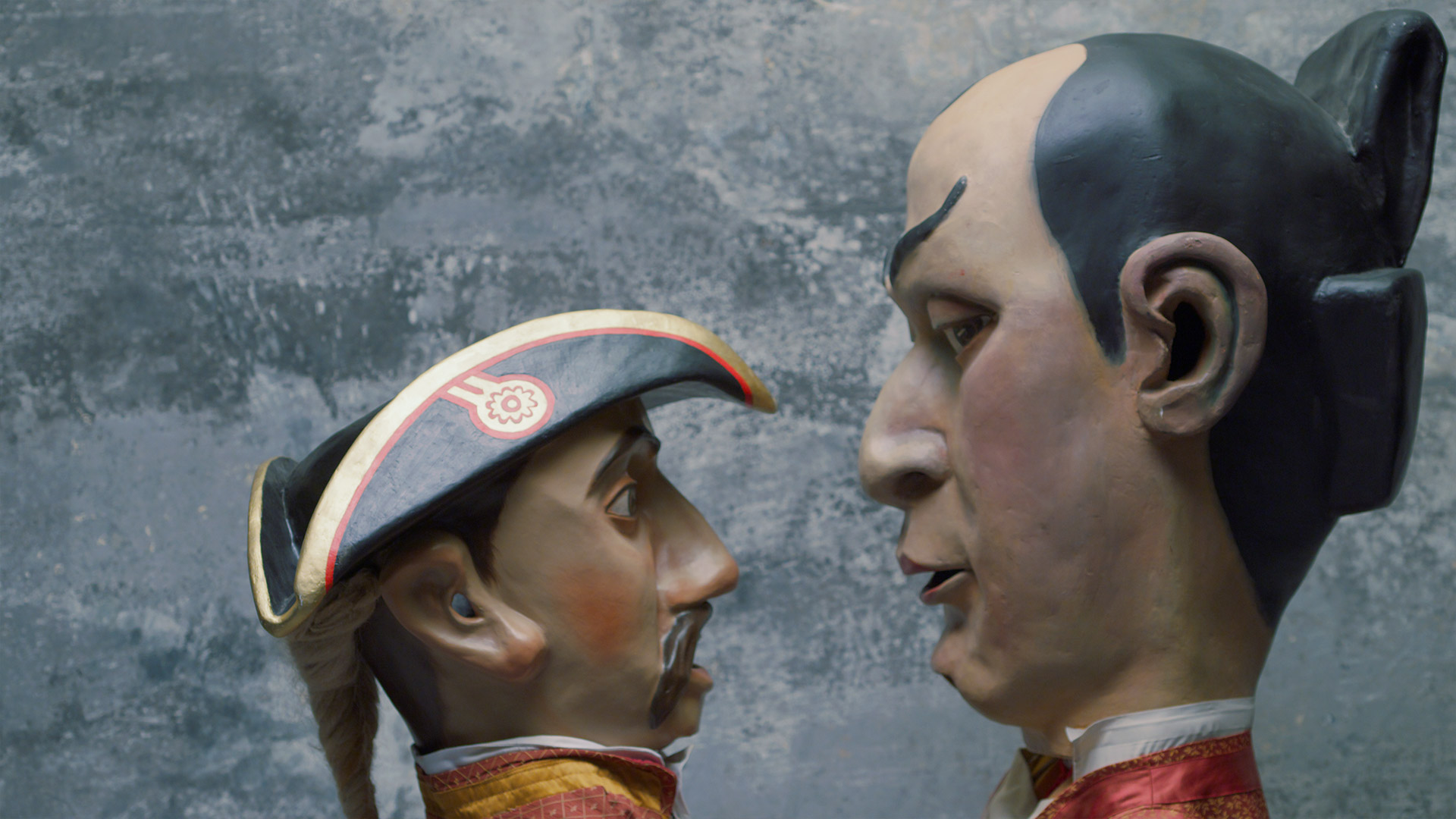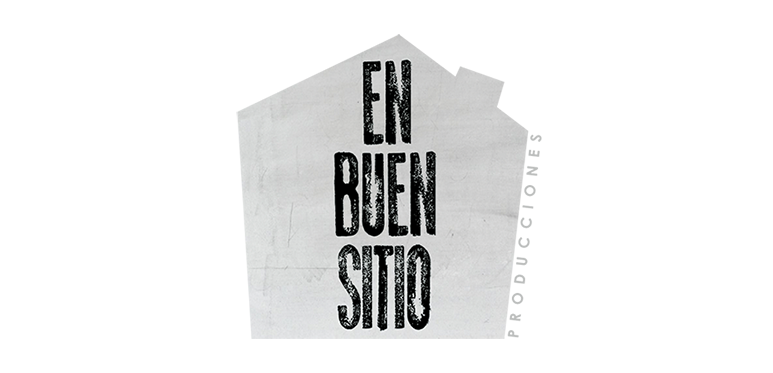Navarra inmaterial – Nafarroa inmateriala
Credits ↴
Book ↴
® All rights reserved 2025
Comparsa
Konpartsa
Comparsa
CAST
|
EUS
|
ENG
Sociabilidad
Música
Soziabilitatea
Musika
Sociability
Music
Pamplona
Koldo Nicolás (Japonesa)
Fermín Cariñena (El Coletas)
Mateo Ozcoidi Gutiérrez
Koldo Nicolás (Japonesa)
Fermín Cariñena (El Coletas)
Mateo Ozcoidi Gutiérrez
Iruña
Koldo Nicolás (Japonesa)
Fermín Cariñena (El Coletas)
Mateo Ozcoidi Gutiérrez
Koldo Nicolás (Japonesa)
Fermín Cariñena (El Coletas)
Mateo Ozcoidi Gutiérrez
Pamplona
Koldo Nicolás (Japonesa)
Fermín Cariñena (El Coletas)
Mateo Ozcoidi Gutiérrez
Koldo Nicolás (Japonesa)
Fermín Cariñena (El Coletas)
Mateo Ozcoidi Gutiérrez
“La Japonesa es parte de mi familia, de una familia emocional. A través de esa boca puedes comprobar in situ las sonrisas y todos miran a los ojos del personaje. No eres tú, pierdes tu identidad, prestas tu cuerpo y alma”.
“El Coletas es travieso, gamberro, es bastante pillo”.
“El Coletas es travieso, gamberro, es bastante pillo”.
Conjunto de figuras de cartón piedra, que incluyen gigantes, cabezudos, kilikis, zaldikos y sus porteadores. Los primeros datos se remontan al año 1600 y en 1657 Francisco de Azpigalla fabricó ocho gigantes y dos gigantillos, con un coste de 4064 reales. Una prohibición de Carlos III de España en 1780 obligó a que dejasen de salir en procesiones y diferentes actos religiosos, por considerarlos una distracción ante la fe. En 1813 los gigantes fueron reencontradas por un carpintero y resurgió su importancia. Son ocho figuras creadas en 1860 por Tadeo Amorena, cuatro parejas de reyes de razas diferentes: europea, asiática, africana y americana.
El origen de los kilikis se remonta al siglo XVI -antes denominados gigantillos o bocaparteras-. Son seis: “Coletas”, “Barbas” (los dos más antiguos, de 1860) “Patata”, “Napoleón”, “Caravinagre” y “Berrugón”. Los zaldikos ("caballitos" en euskera) son seis caballos con sus jinetes. Ambas figuras golpean a la gente con las vergas.
Los cabezudos son cinco, construidos por Félix Flores en 1890. Pasean y preceden a los gigantes, dando la mano a los niños. Son “Alcalde”, el “Concejal”, la “Abuela”, el “Japonés” y la “Japonesa”.
“Emakume Japoniarra nire familiaren parte da, familia emozional batena. Aho horretatik irribarreak bertatik bertara ikus ditzakezu eta denek pertsonaiaren begietara begiratzen dute. Ez zara zu, zure nortasuna galtzen duzu, zure gorputza eta arima mailegatzen dituzu”.
“Koletas bihurria, barrabasa, kokin samarra da”.
“Koletas bihurria, barrabasa, kokin samarra da”.
Harri-kartoizko irudiak, erraldoiak, buruhandiak, kilikiak, zaldikoak eta haien garraiolariak barne hartzen dituztenak. Lehen datuak 1600. urtekoak dira eta 1657an Francisco de Azpigallak zortzi erraldoi eta bi erraldoitxo egin zituen; 4064 errealeko kostua izan zuten. 1780an Karlos III.a Espainiakoaren debeku baten ondorioz, prozesio eta ekintza erlijiosoetan irteteari utzi behar izan zioten ezinbestean, arreta fedetik desbideratzen zutela iritzita. 1813an, arotz batek erraldoiak aurkitu zituen eta haien garrantzia berreskuratu zuten. Tadeo Amorenak 1860an sortutako 8 irudi dira, arraza ezberdinetako errege-erreginen lau bikote irudikatzen dituztenak: europarra, asiarra, afrikarra eta amerikarra.
Kilikiek –garai batean erraldoitxo deituak– XVI. mendean dute jatorria. Sei dira: “Koletas”, “Barbas” (bi horiek dira zaharrenak, 1860koak) “Patata”, “Napoleon”, “Caravinagre” eta “Berrugón”. Zaldikoak 6 zaldi eta haien zaldizkoak dira. Kilikiek zein zaldikoek ikusleak jotzen dituzte maskuriekin.
Buruhandiak 5 dira, Félix Floresek 1890ean eraiki zituenak. Erraldoien aurrean joaten dira, eta haurrei eskua ematen diete. “Alkatea”, “Zinegotzia”, “Amona”, “Gizon Japoniarra” eta “Emakume japoniarra” dira.
“The Japonesa is a part of my family, an emotional family. Through that mouth, you can see in situ people’s smiles, and how everybody looks at the character’s eyes. You are not you; you lose your identity; you lend your body and soul.”
“Coletas is naughty, a lout. He’s quite cheeky.”
“Coletas is naughty, a lout. He’s quite cheeky.”
The comparsa is a group of papier mâché figures that include gigantes, cabezudos, kilikis, zaldikos and their carriers. The first records of their existence are from 1600. In 1657, Francisco de Azpigalla made eight gigantes and two gigantillos, with a cost of 4,064 reales. In 1780, Charles III of Spain prohibited their appearance in processions and religious events because they were a distraction from faith. In 1813, a carpenter rediscovered the gigantes and they became prominent again. There are eight figures created in 1860 by Tadeo Amorena – four couples of kings and queens of different races: European, Asian, African, and American.
The origin of kilikis dates from the 16th century. They used to be called gigantillos or bocaparteras. There are six of them. The two oldest ones, “Coletas” (ponytail) and “Barbas” (bearded) and “Patata” (potato), “Napoleón,” “Caravinagre” (vinegar face) and “Berrugón” (wart man). The zaldikos or “little horses” in Basque, are six horses with their horsemen. Both kilikis and zaldikos hit people with their canes.
There are five cabezudos created by Félix Flores in 1890. They walk around before the gigantes, shaking children’s hands. Their names are “Alcalde” (mayor), “Concejal” (councilman), “Abuela” (grandmother), “Japonés” (Japanese man), and “Japonesa” (Japanese woman).
Ver detalles:

1
2




